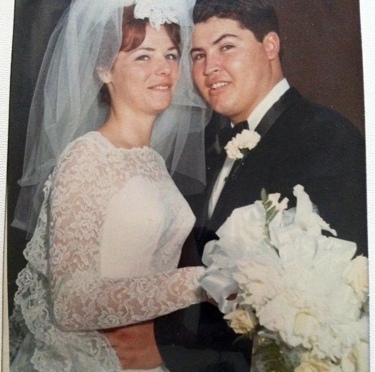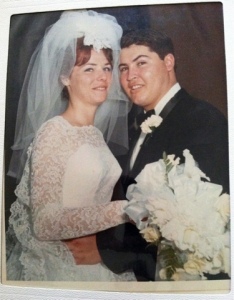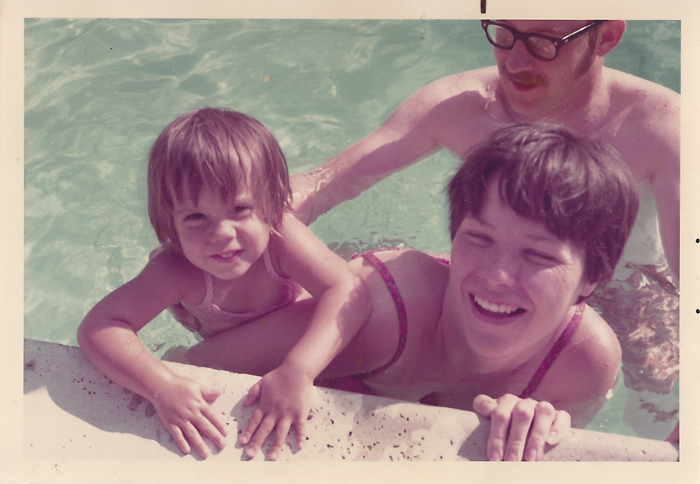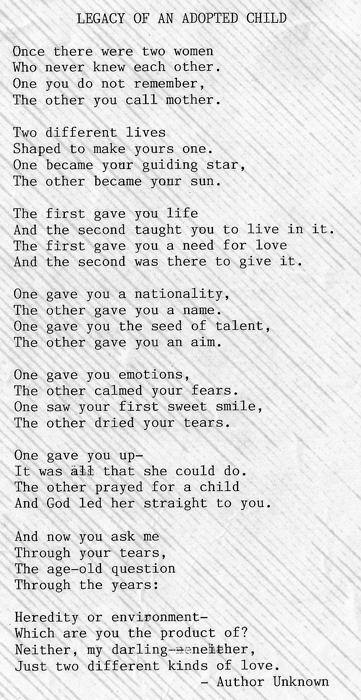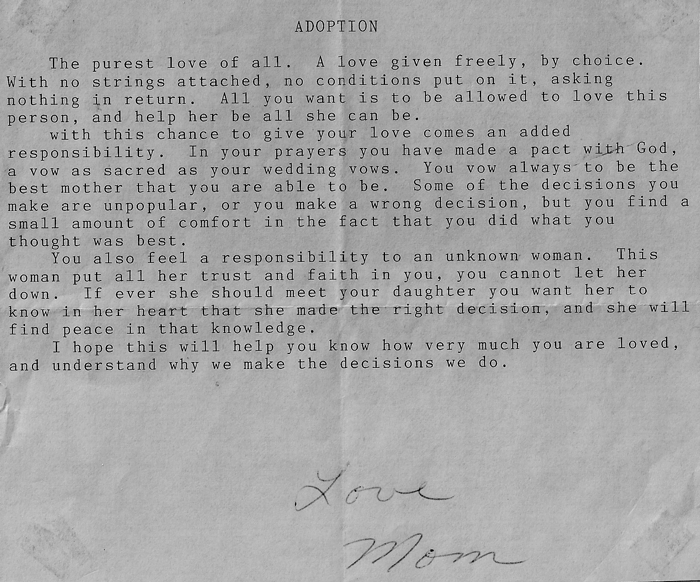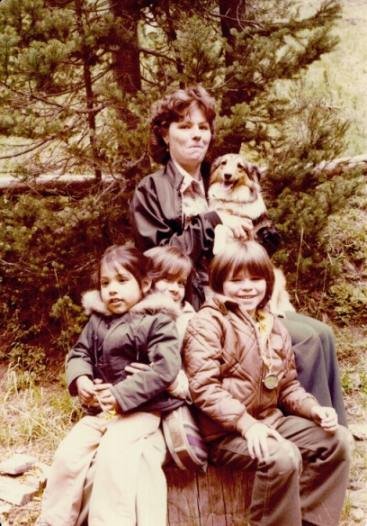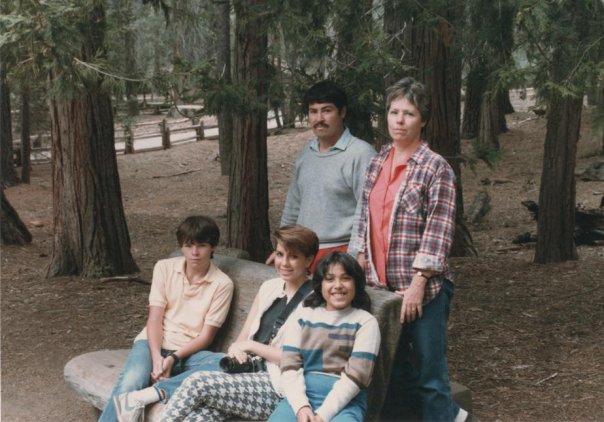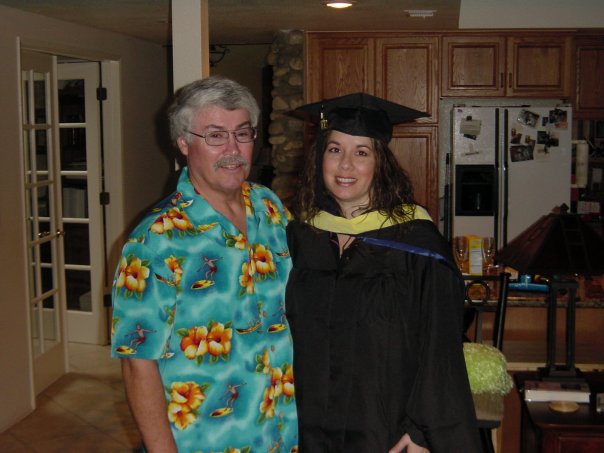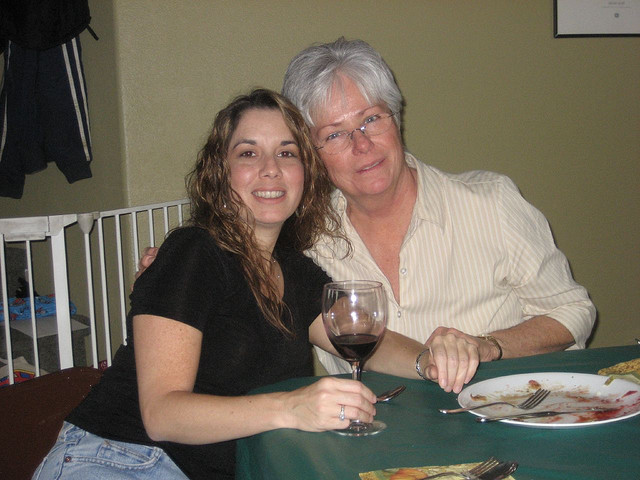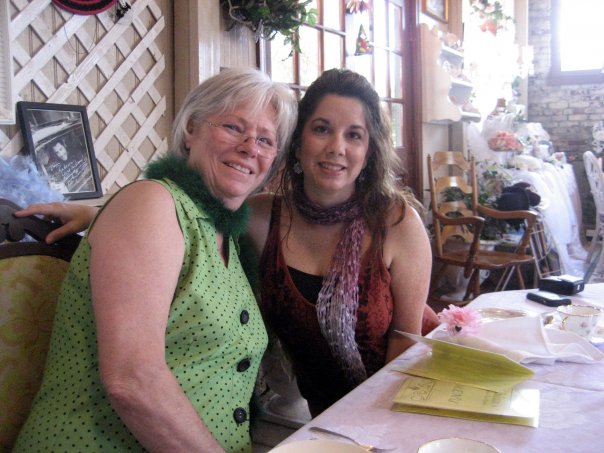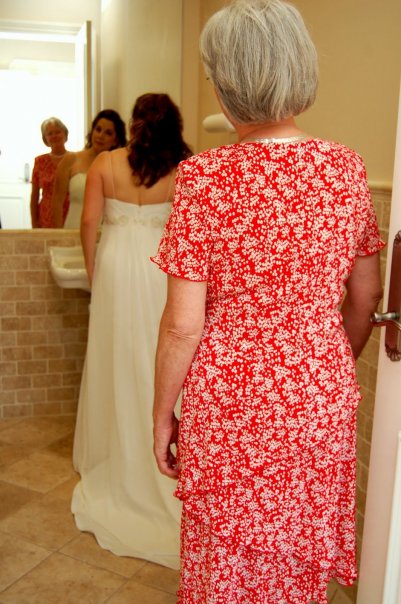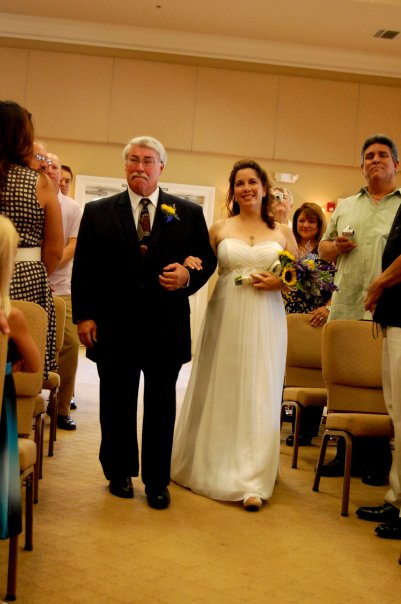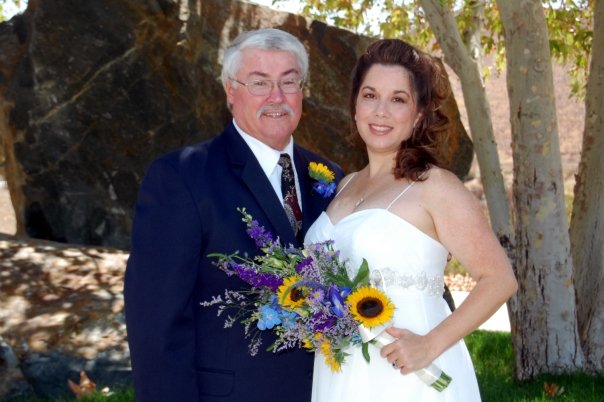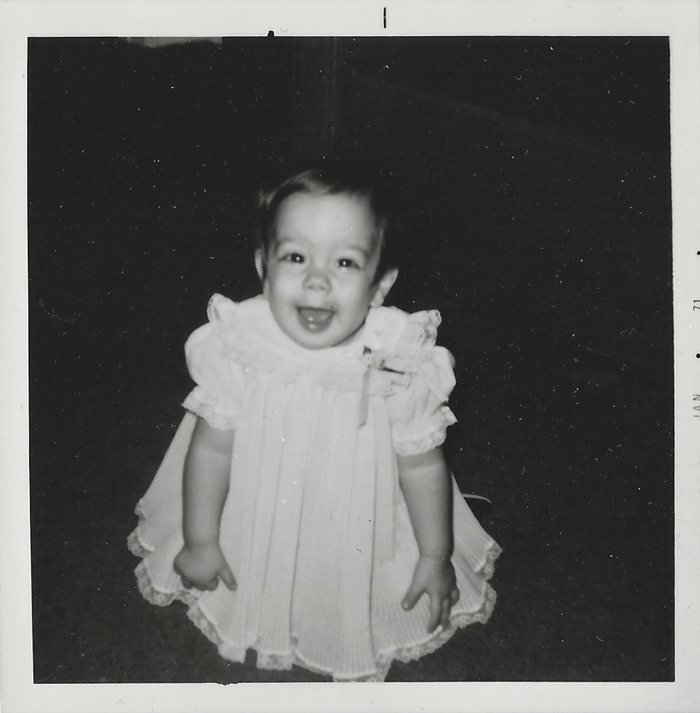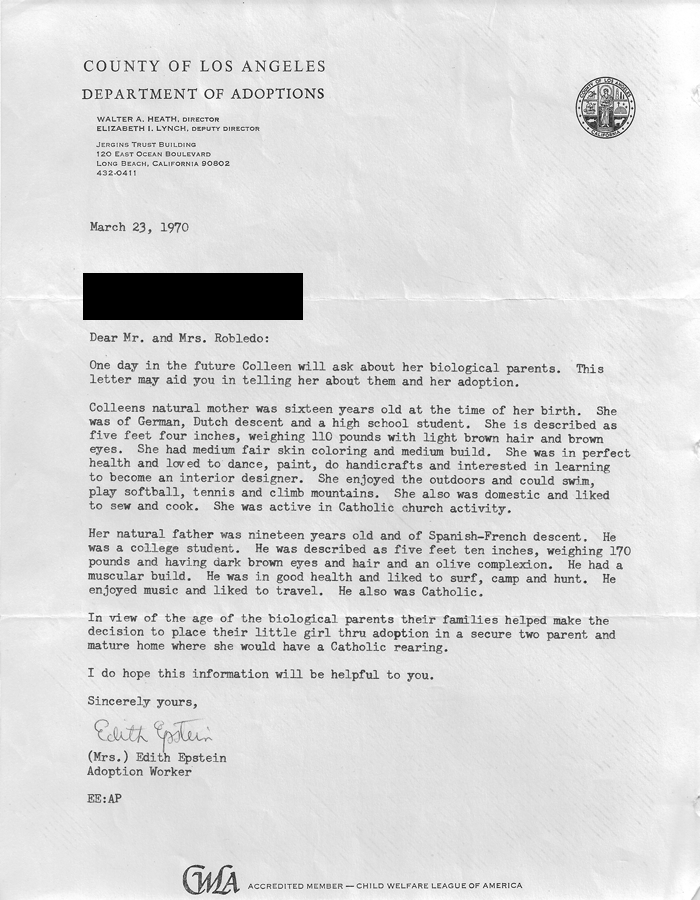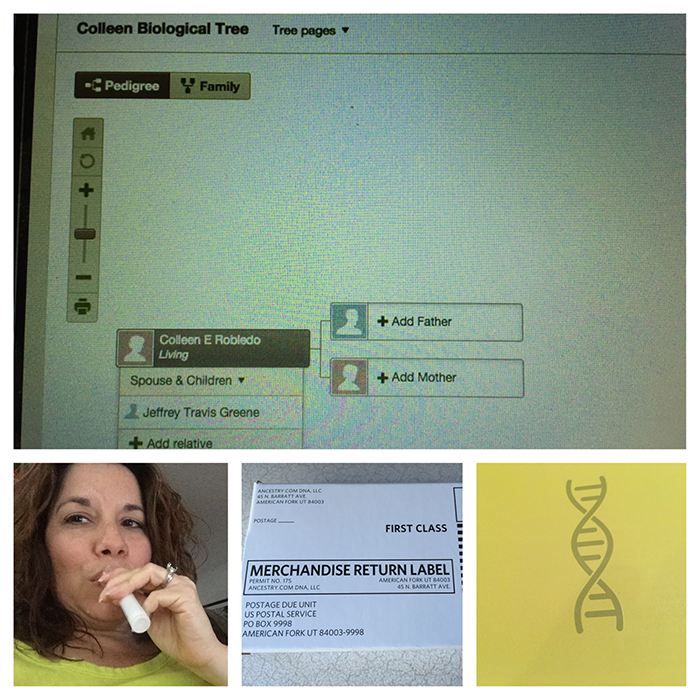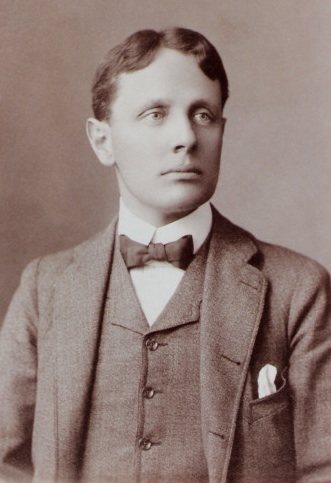
My 18th entry in Amy Johnson Crow’s “52 Ancestors in 52 Weeks” family history blogging challenge for 2015.
The challenge: have one blog post each week devoted to a specific ancestor. It could be a story, a biography, a photograph, an outline of a research problem — anything that focuses on one ancestor.
Amy’s 2015 version of this challenge focuses on a different theme each week.
The theme for week 18 is – Where There’s a Will: Do you have an ancestor who left an interesting will? Have you used a will to solve a problem? Or, what ancestor showed a lot of will in his or her actions?
My 18th ancestor is my husband Jeff’s 2nd great-grandfather, William Alexander McNamara (1860-1929).
My research time this week has been on DNA analysis, or on the people and lines I can incorporate into the homework for my Boston University Certificate Program in Genealogical Research. I just don’t have the extra time to get more creative with my 52 Ancestors picks, so… for the “will” theme, I am going with a William who ties into my current DNA research.
About William Alexander
William Alexander McNamara has been on my radar for a handful of years, but I have not spent any significant time on the McNamara line. What I have found thus far, has been from low-hanging fruit–aside from research I did for the profile I wrote last year on his father, William Jewett McNamara. However, activity in our DNA matches has prompted me to take a closer look at William Alexander.
William Alexander McNamara was allegedly born 29 November 1860, in the new state of Oregon, to William Jewett McNamara (1834-1911) and Anna Mary Chope (1846-1917). I say allegedly, because I have not yet found or even looked for a birth record yet. William was the oldest of seven children I have identified for the couple.
He appears to have been married at least three times, with the first marriage to my husband’s 2nd great-grandmother, Hester Hemphill (1863-1941).
First DNA Match
Jeff’s paternal aunt (Aunt Greene) took both a mitochondrial DNA test and an autosomal DNA test for us back in March. The autosomal results were processed last month according to my standard procedure: testing with AncestryDNA, then transferring the raw data to GEDMatch, and finally to Family Tree DNA (FTDNA). Within a few days of FTDNA processing the transfer and matches, I received an email from one of Aunt Greene’s matches (we’ll call her Cousin McNamara) asking if I might be the daughter of Aunt Greene, whom she has met, and with whom she occasionally corresponds about McNamara family history. I explained my relationship to Aunt Greene, and Cousin McNamara walked me backwards through her own family tree steering me towards who she already knew was our first common ancestor.
My husband Jeff should also in theory come up as a match to Cousin McNamara, but with less shared DNA being one further generation down the tree. However, FTDNA has not yet finished processing his autosomal transfer from AncestryDNA.
Identifying Our Most Recent Common Ancestor
Cousin McNamara and Aunt Greene’s mother (my husband’s paternal grandmother, Jean Alice Harless) had the same grandfather, William Alexander McNamara. Cousin McNamara and Grandmother Harless, however, did not have the same grandmothers. These two lines were born to two different wives. This makes Aunt Greene and Cousin McNamara half-first cousins once removed.
Our paper trails and family trees indicate that William Alexander McNamara is their Most Recent Common Ancestor (MRCA). Descending from different maternal lines, Aunt Pat and Cousin McNamara do not share a common female ancestor through William Alexander (his mother would be their first female MRCA candidate). William Alexander alone is the first ancestor Aunt Pat and Cousin McNamara have in common — hence, their MRCA.
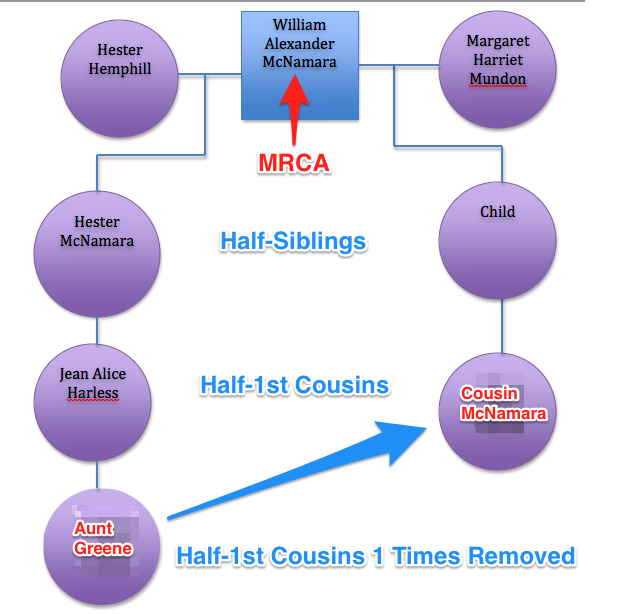
[contentblock id=48 img=html.png]
Estimated vs. Known Relationship
Having the benefit of knowing their confirmed DNA connection, paper trail relationship, and MRCA, I took a closer look at FTDNA’s estimated relationship between the two based upon their shared DNA. With 141.64 shared Centimorgans (cM), FTDNA projected a 2nd to 3rd cousin relationship (noted in blue below). The actual relationship is flagged in red.
I should point out that I did not manually type the known relationship (noted in red below) into my kit’s Family Finder match list. Family Finder does not allow us to manually enter these relationships; we have to use a pull-down menu of options. And “half” relationships (half siblings, half 1st cousins, half 2nd cousins, etc.) are not included in the menu options. So I had to go with the closes option — 1st cousins once removed. Hopefully FTDNA will provide more fine-tuned options in the future.

See FTDNA’s Matches Page documentation to learn more about working with your matches list, and their Known Relationship Page documentation for more details on logging and tracking known relationships with your matches.
Chasing McNamara-Chope DNA
So… cool find and relationship confirmation! But, what now?
Time to chase that shared DNA!
Identifying William Alexander McNamara as their MRCA is just a start. We know that Aunt Greene and Cousin McNamara share DNA inherited from William Alexander, and therefore also from his own parents and his own ancestors. Ideally, we want to be able to identify which pieces of DNA they inherited from each of William Alexander’s parents and each of their ancestors.
Identifying Sizable Shared Segments
To being this long process, we have to first identify each separate chromosome segment on which Aunt Greene and Cousin McNamara match. Well, really, each matching segment of a decent length. Most genetic genealogists recommend analyzing matching segments of 7 cM or longer in length, primarily focusing on the largest matching segments. The ISOGG Wiki recommends segments of 15 cM or more, if one is trying to identify and establish a [previously unknown] genealogical connection. But since we already know the genealogical connection between Aunt Greene and Cousin McNamara, I am focusing on segments of 7 cM or more.
FTDNA’s Family Finder chromosome browser is essential for doing this with your FTDNA matches. By doing a chromosome browser comparison between Aunt Greene and Cousin McNamara, I can see exactly where they share the same DNA–by reviewing each chromosome, and noting which segments they have in common on each chromosome. The two following screenshots are different views of that shared chromosome data: the first one being a table view, the second being the actual visual chromosome browser view. Both show you every bit of DNA data they have in common, from tiny segments that probably won’t be much help, to larger segments on which I will want to focus first. The red arrows show those largest matching segments, the green arrows are smaller but are still within that recommended 7 cM threshold for comparisons and analysis.
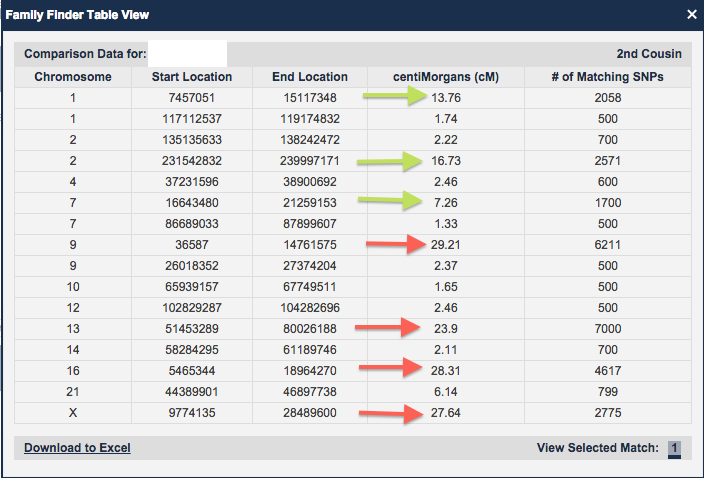
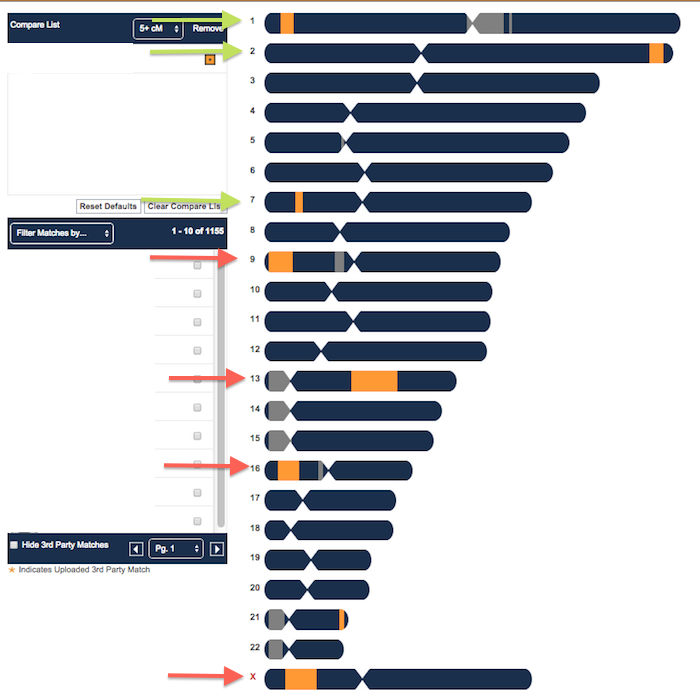
Identifying McNamara vs Chope DNA
In order to start identifying which segments of Aunt Greene and Cousin McNamara’s shared DNA come from their MRCA William Alexander’s paternal McNamara line and which come from his maternal Chope line, we have to find more cousins to test. And we want to test cousins who ONLY descend from ONE of these two lines: a McNamara-line-only cousin (who is not also a descendant of William Alexander’s mother), and/or a Chope-line-only cousin (who is not also a descendant of William Alexander’s father).
This means finding and testing cousins from at least one generation further back in our trees, with whom we share an earlier MRCA.
I also need further verification on these DNA segments shared with Cousin McNamara–that they are indeed inherited from our MRCA William Alexander McNamara. This one-to-one comparison between Aunt Greene and Cousin McNamara and knowing their identified MRCA through our genealogical paper trail and trees isn’t sufficient evidence that these shared segments of DNA are all actually inherited from William Alexander. We need an additional step.
But, that process will be covered in future posts.
How Can this Help?
While it is fun to simply learn about and play with autosomal DNA, I do not have unlimited spare time or money to justify the expenses and time simply for the fun of it. Like all genealogy research and expenses and time, there needs to be a point (beyond lifelong continuous learning) to my efforts. These efforts need to help me answer questions about our family history, and need to help me verify (confirm or refute) facts about our family history.
Finding McNamara vs. Chope Clues
So what exactly are the benefits of including DNA analysis in my research?
- The ability to prove or disprove a genetic relationship with known relationships.
- The ability to identify additional previously unknown cousins who might be able to help me grow my own tree and break through brick walls, by identifying new ancestors and collateral relationships.
- The ability to identify new cousins with an interest in the same family lines, with whom I can collaborate on researching our common lines.
Source List
- “Autosomal DNA.” n.d. ISOGG Wiki. http://www.isogg.org/wiki/Autosomal_DNA.
- “CentiMorgan.” n.d. ISOGG Wiki. http://www.isogg.org/wiki/Centimorgan.
- “Chromosome Browser Examples.” n.d. ISOGG Wiki. http://www.isogg.org/wiki/Chromosome_Browser_Examples.
- Cooper, Kitty Munson. 2015. “Triangulation: Proving a Common Ancestor.” Kitty Cooper’s Blog. February 16. http://blog.kittycooper.com/2015/02/triangulation-proving-a-common-ancestor.
- “Family Finder.” n.d. Wiki. ISOGG Wiki. http://www.isogg.org/wiki/Family_Finder.
- “Identical by Descent.” n.d. ISOGG Wiki. http://www.isogg.org/wiki/Identical_by_descent
- Moore, Cece. 2012. “DNA Testing for Genealogy – Getting Started, Part Three.” Geni Blog. April 1. http://www.geni.com/blog/dna-testing-for-genealogy-getting-started-part-three-376261.html.
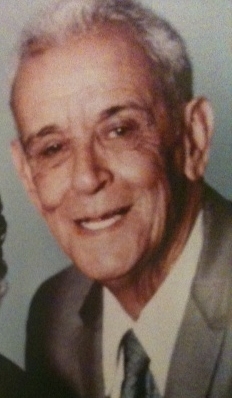
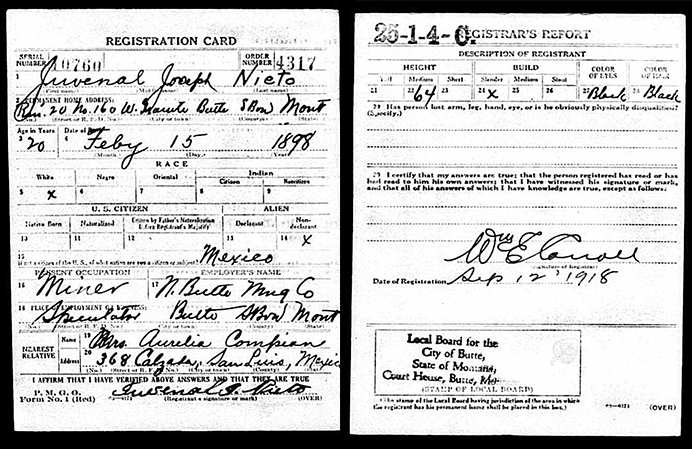
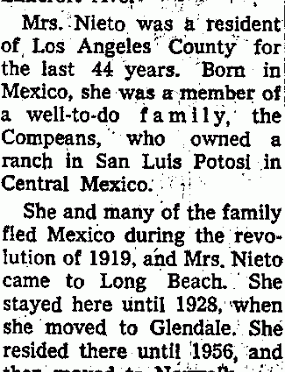
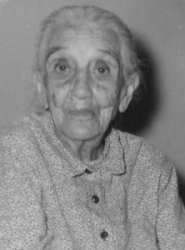 My 16th entry in Amy Johnson Crow’s “
My 16th entry in Amy Johnson Crow’s “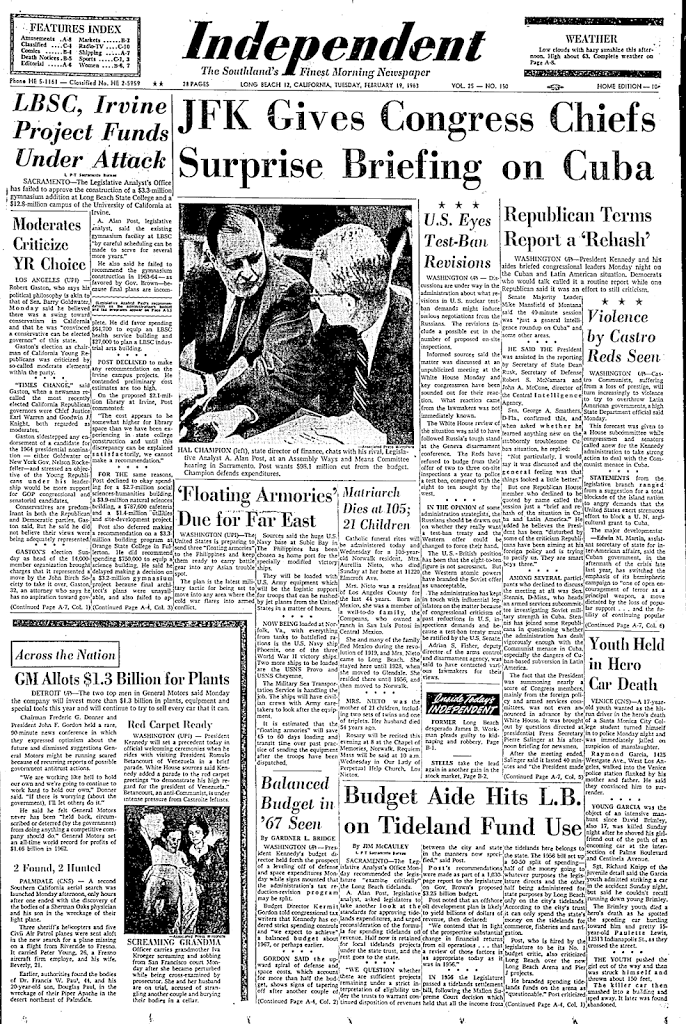

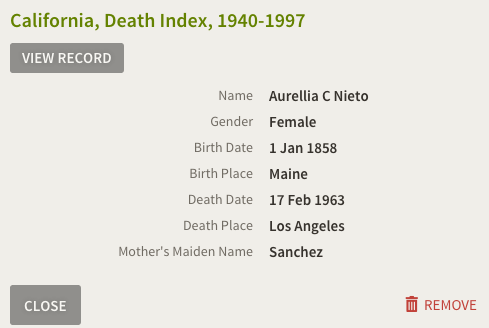
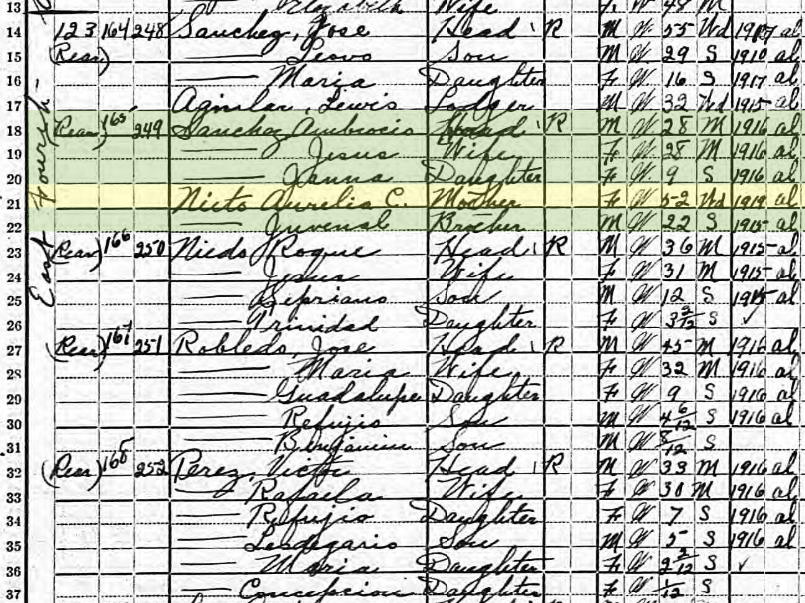

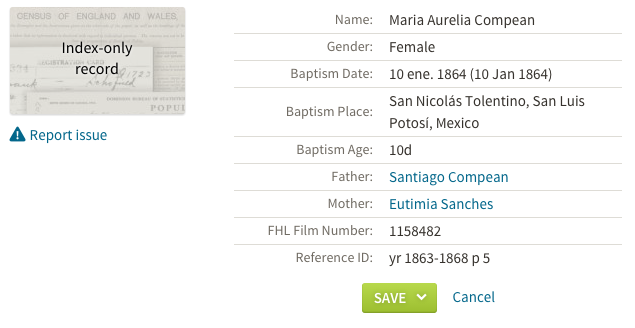
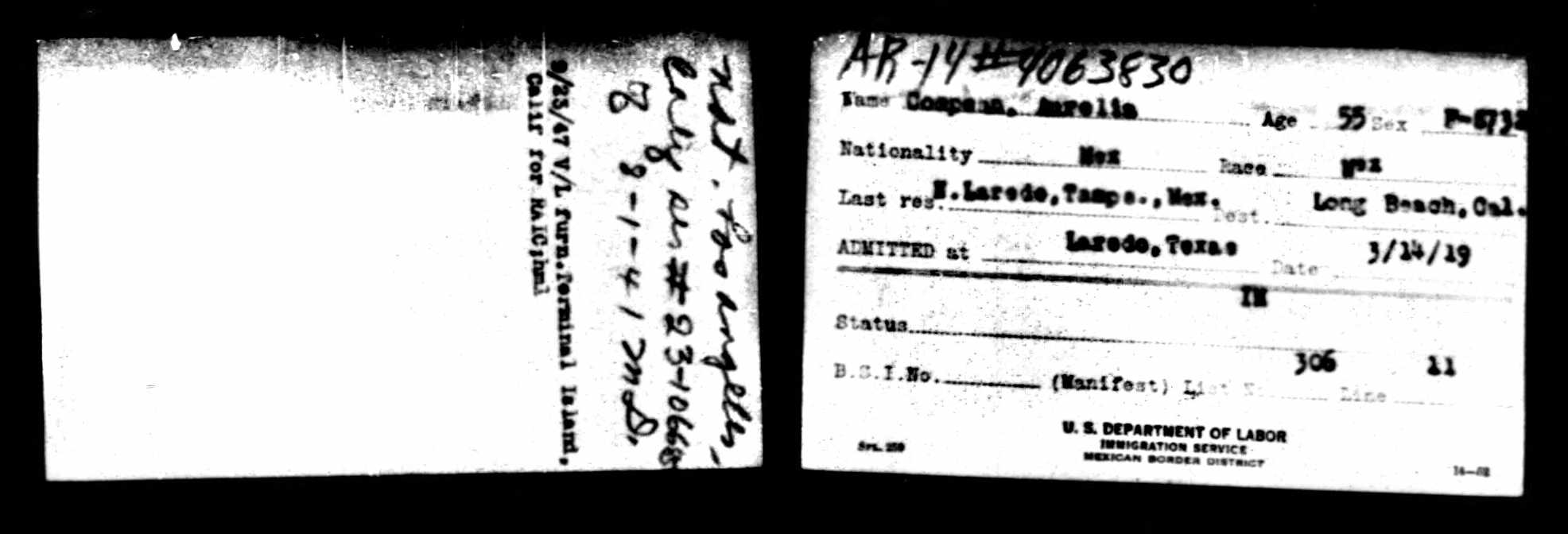
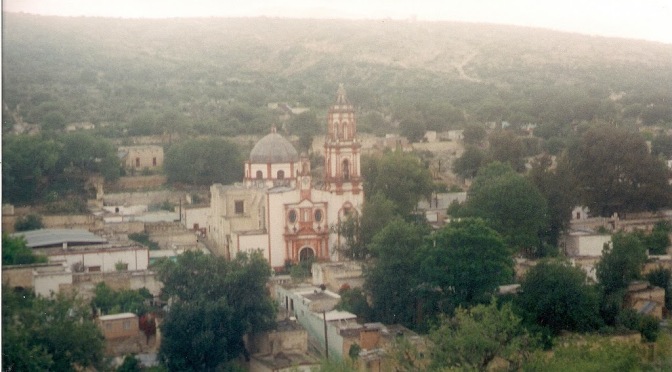
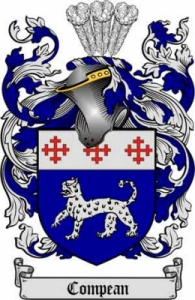 My 15th entry in Amy Johnson Crow’s “
My 15th entry in Amy Johnson Crow’s “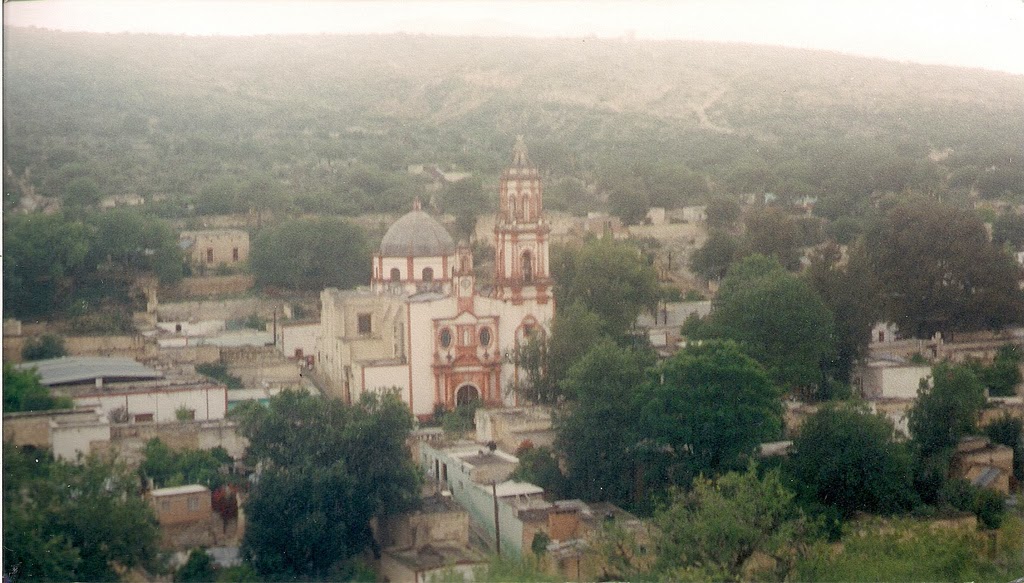
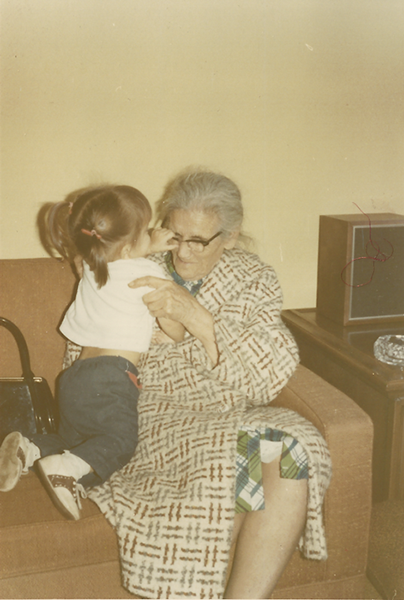
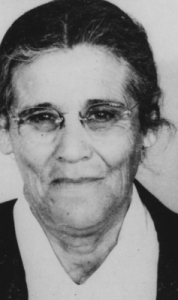 My 14th entry in Amy Johnson Crow’s “
My 14th entry in Amy Johnson Crow’s “